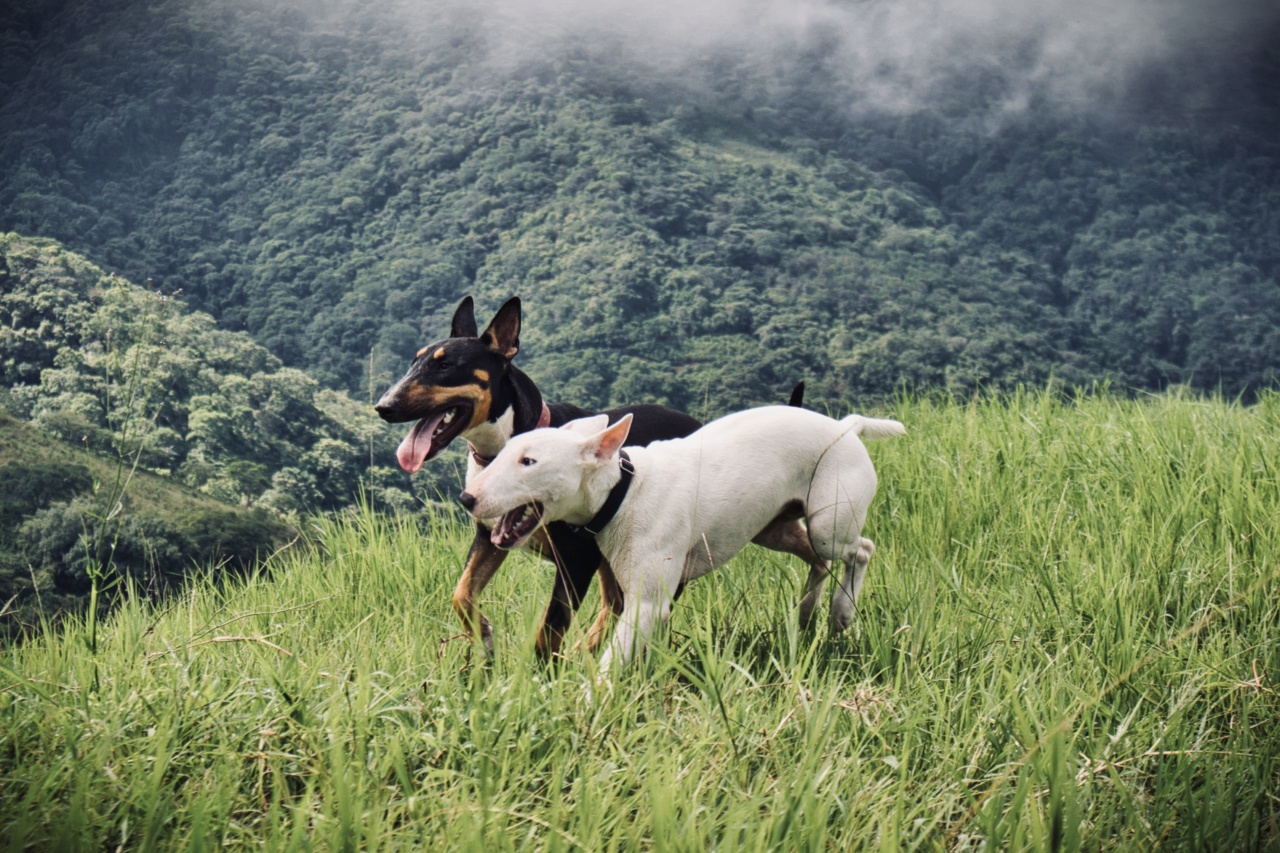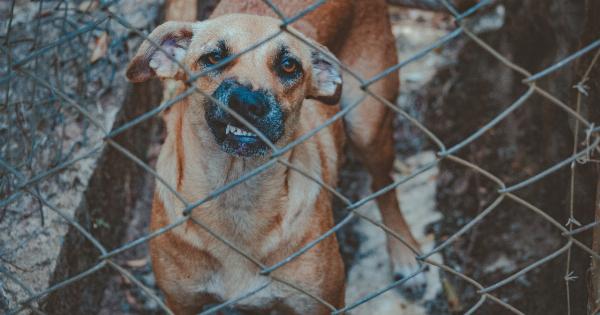Dealing with a dominant dog can be challenging and require careful handling. Understanding the do’s and don’ts of dealing with these dogs is crucial for a successful relationship.
Dominant dogs can display various behaviors such as aggression, resource guarding, and assertiveness. Here are some important guidelines to follow when dealing with dominant dogs:.
1. Do Establish Firm Leadership
Dominant dogs thrive with clear boundaries and consistent leadership. It is important to establish yourself as the pack leader and make it clear that you are in control.
This can be done through consistent training, setting rules, and being firm but fair with your dog.
2. Don’t Use Physical Force
Using physical force or punishment can escalate the situation with a dominant dog. It is essential to remember that aggression breeds aggression.
Rather than resorting to physical force, focus on positive reinforcement and reward-based training techniques to encourage good behavior.
3. Do Provide Structure and Routine
Dominant dogs thrive in structured environments. By providing a consistent routine and clear rules, you can help your dog feel secure and understand their place within the family hierarchy.
Stick to a regular schedule for feeding, walks, and training sessions.
4. Don’t Encourage Aggressive Behavior
Avoid situations or actions that may trigger aggression in your dominant dog. This includes rough play, teasing, or encouraging dominant behaviors, such as guarding possessions or growling.
Instead, redirect their attention towards positive and non-aggressive activities.
5. Do Focus on Obedience Training
Obedience training is essential for dominant dogs. Teaching basic commands such as sit, stay, and leave it can help establish your leadership and reinforce positive behaviors.
Regular training sessions also provide mental stimulation, which can help alleviate any potential dominance-related issues.
6. Don’t Ignore Socialization
Socialization plays a crucial role in managing a dominant dog. Exposing them to different people, animals, and environments from an early age helps them develop appropriate social skills and reduces the chances of fear-based aggression.
Gradually introduce them to new situations while closely monitoring their reactions.
7. Do Use Positive Reinforcement
Positive reinforcement is a powerful tool when dealing with dominant dogs. Reward good behavior with treats, praise, and affection. This encourages your dog to repeat the desired behaviors and helps build a strong bond based on trust and respect.
8. Don’t Punish or Yell
Punishment or yelling can trigger defensive or aggressive responses in dominant dogs. Rather than resorting to punishment, focus on redirecting their attention or using timeouts to reinforce desired behaviors.
Maintain a calm and assertive demeanor to prevent escalating the situation.
9. Do Provide Adequate Exercise
Dominant dogs often have a lot of pent-up energy, which can contribute to behavioral issues. To prevent this, ensure your dog receives regular and stimulating exercise.
Long walks, playtime, and interactive toys can help release their physical and mental energy in a positive way.
10. Don’t Use Dominance-Based Training Methods
Using dominance-based training techniques like alpha rolls or forceful physical corrections can be counterproductive and may exacerbate dominance-related behaviors.
Opt for positive and reward-based methods that promote trust, cooperation, and mutual respect.
Conclusion
Dealing with a dominant dog requires patience, consistency, and understanding.
By establishing firm leadership, providing structure, and focusing on positive reinforcement, you can help your dog overcome dominant behaviors and foster a healthy and balanced relationship. Remember to avoid physical force, encourage socialization, and prioritize obedience training. With the right approach and commitment, you can successfully manage and coexist with a dominant dog.

























